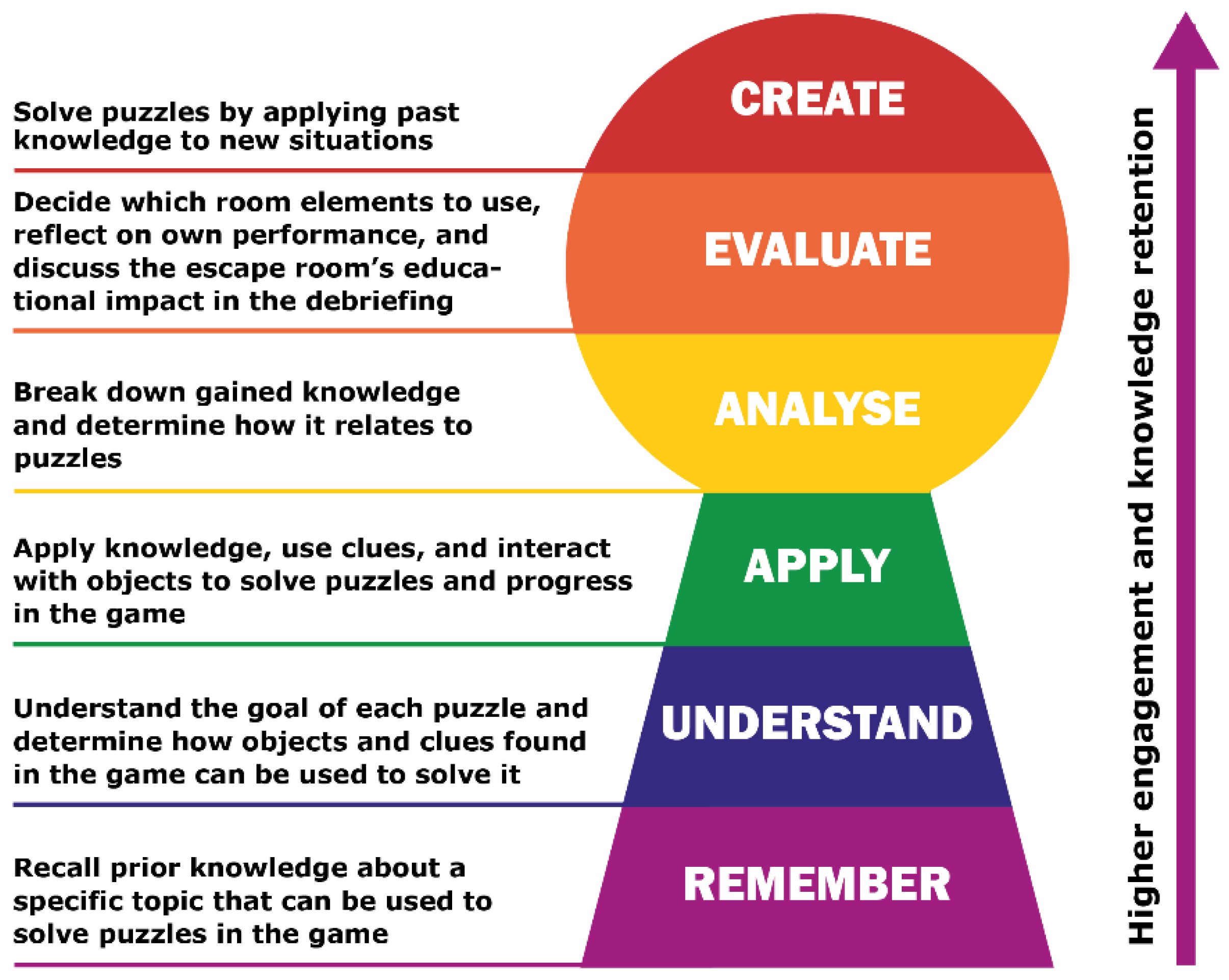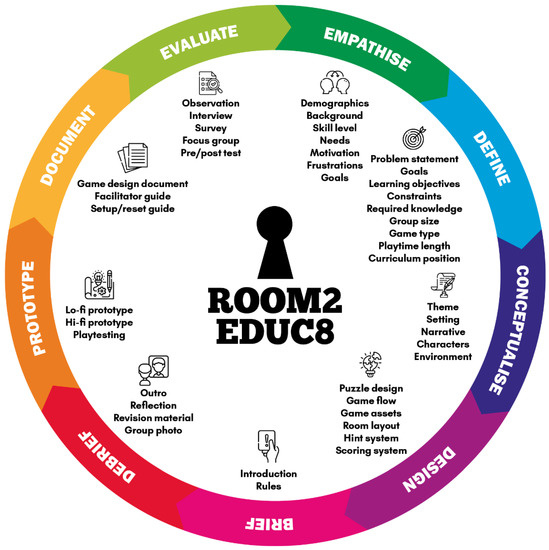My Tangle with Google Earth Engine
Alright, so I kept hearing about this ‘Google Earth Engine’ thing, GEE they call it. Sounded fancy, lots of satellite data, all processed in the cloud. Figured I should see what the fuss was about, maybe it could help with some stuff I was tinkering with.

First step, I jumped into their Code Editor. Looked like a typical coding window on the web. Saw a bunch of example scripts on the side. Okay, let’s try one. Copied it, hit ‘Run’. Expected magic. Got… well, sometimes it worked, sometimes it threw errors I didn’t understand right away. Felt a bit like poking a complex machine with a stick.
Decided to try something simple myself. Just wanted to see satellite pictures for my area, maybe from last summer. Sounds easy, right? Well…
- First, had to find the right data. They have this massive list, a catalog. Landsat? Sentinel? Which version? Took some clicking and reading descriptions. Found Sentinel-2, seemed popular.
- Then, needed to tell it where. Drew a little box on the map. That part was okay.
- Then, the dates. Filtered for last summer. Still with me.
- Then, clouds. Lots of pictures had clouds. Had to figure out how to filter those out. Found some code snippet online someone shared, tried adapting it. More errors.
- Finally got a function working that picked the ‘least cloudy’ picture. Progress!
Getting it on the map was the next hurdle. Sometimes it would load, sometimes it just spun forever. Found out I needed to specify how to display it, which bands to use for colors. Messed around with visualization parameters. Got something that looked vaguely green and brown where it should be. Success? Sort of.
Next, I thought, let’s try calculating NDVI. That’s like the standard ‘hello world’ for this stuff. More coding. Had to select the right bands (Red and Near-Infrared), do the math using their specific functions, then figure out how to display that result with a color palette. Took another chunk of time fiddling with syntax and checking their documentation, which is pretty dense, honestly.
So, What’s the Verdict?
I eventually got it working. Made a map showing NDVI for my little box on the map, for a specific time. Exported it too. It felt like a win, but man, it felt like hard work for something relatively basic.

Here’s my take on it, after actually using it:
- The good stuff? Access to that huge amount of data without downloading gigabytes is amazing. The processing power is clearly there; it does heavy lifting fast once you tell it exactly what to do.
- The not-so-good stuff? It’s not exactly point-and-click. You gotta learn their way of doing things, their specific functions. It’s basically coding in JavaScript, but with a whole GEE layer on top. The documentation helps, but sometimes finding the right example or explanation feels like digging for treasure. Error messages can be cryptic. And performance can be unpredictable – sometimes fast, sometimes slow, without obvious reasons.
It feels powerful, yeah. But it also feels like you need dedicated time to really get good at it. It’s not something you just pick up casually in an afternoon if you want to do anything complex. For me, it was a bit of a slog to get that first simple map out. Glad I tried it, learned something, but it definitely requires commitment.













